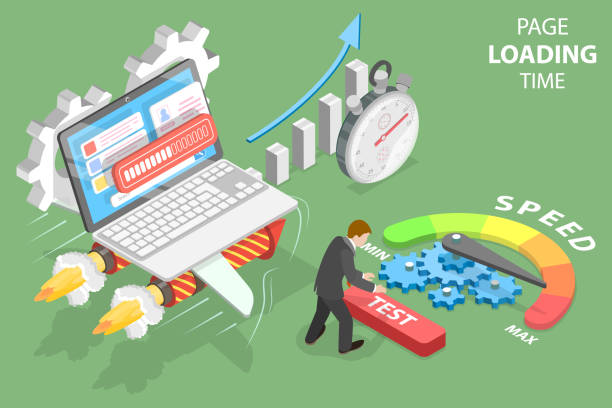The world is online and the loading speed of your website matters the most in this fast moving digital world. If your website is loading at the right speed then you will find a visitor who is satisfied with your services giving your business success. Like, if your website is on a Squarespace platform, then to improve the site speed you need to fix squarespace core web vitals.
As we all know, slow loading pages are very frustrating because the attention span of a visitor is not more than 30 seconds and if your website does not load in this time, the visitor will leave for a better alternative. This highly impacts on your website search engine ranking and conversion rates.
When it comes to leveraging HubSpot for your website, optimizing page speed becomes even more critical. This blog explores the ways through which you can improve the performance of your website and user experience.
Here are ten things you can do to improve your website –
1. Choose a Lightweight Theme:
The foundation of your website’s speed begins with selecting a lightweight and optimized theme. HubSpot offers a variety of themes designed with performance in mind. Opt for a theme that prioritizes speed and efficiency to ensure a smooth browsing experience for your visitors. The theme of your website is the whole look of your business that will stop the visitor from becoming your potential customers.
2. Optimize Images:
Large, uncompressed images are one of the primary culprits behind slow-loading pages. Before uploading images to your HubSpot website, resize and compress them to reduce file size without compromising quality. Additionally, leverage lazy loading techniques to defer the loading of images until they’re visible on the user’s screen, further improving load times.
3. Minify CSS and JavaScript:
Minification involves removing unnecessary characters and whitespace from CSS and JavaScript files, reducing their size and improving load times. HubSpot allows you to access and optimize these files directly within the platform, making it easy to streamline your website’s code for optimal performance.
4. Enable Browser Caching:
Browser caching stores static files, such as images, CSS, and JavaScript, on visitors’ devices, allowing them to be retrieved more quickly upon subsequent visits to your site. By enabling browser caching through HubSpot’s settings, you can reduce the need for repeated downloads and enhance page loading speeds for returning visitors.
5. Utilize Content Delivery Networks (CDNs):
Content Delivery Networks distribute your website’s assets across multiple servers worldwide, reducing latency and ensuring faster delivery to users regardless of their geographic location. HubSpot integrates seamlessly with CDNs, allowing you to leverage this technology to accelerate your site’s performance globally.
6. Implement AMP (Accelerated Mobile Pages):
AMP is an open-source initiative that creates lightweight versions of web pages optimized for mobile devices, delivering near-instantaneous load times. By implementing AMP on your HubSpot blog posts and content pages, you can provide a lightning-fast mobile browsing experience for your audience.
7. Reduce Server Response Time:
Slow server response times can significantly impact page speed. Work with your hosting provider to optimize server configurations and ensure efficient handling of requests. HubSpot’s robust infrastructure and reliable hosting services contribute to faster server response times, helping to minimize delays in delivering content to your visitors.
8. Monitor and Analyze Performance:
Regularly monitor your website’s performance using tools like Google PageSpeed Insights and HubSpot’s built-in performance analytics. These tools provide valuable insights into areas for improvement and help you track the impact of optimizations over time.
9. Prioritize Above-the-Fold Content:
Load critical above-the-fold content first to ensure that visitors can start interacting with your site immediately. Delay the loading of non-essential elements, such as scripts and images below the fold, to prioritize speed without sacrificing user experience.
10. Continuous Optimization:
Page speed optimization is an ongoing process that requires regular monitoring and adjustment. Stay proactive by staying informed about the latest best practices and emerging technologies for improving website performance. Regularly review and refine your optimization strategies to keep your HubSpot website running at peak efficiency.
Conclusion –
Optimizing hubspot page speed is crucial for enhancing website performance and improving user experience. By implementing the strategies outlined in this guide, such as minimizing HTTP requests, leveraging browser caching, and optimizing images, businesses can significantly boost their website’s speed and ultimately drive better engagement and conversion rates. Additionally, prioritizing mobile optimization and regularly monitoring and testing page speed performance will ensure that websites continue to deliver a seamless and efficient user experience. As page speed continues to be a key factor in search engine rankings and user satisfaction, investing in these optimization efforts is essential for staying competitive in today’s digital landscape.

